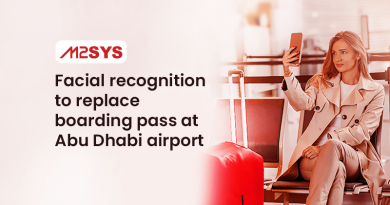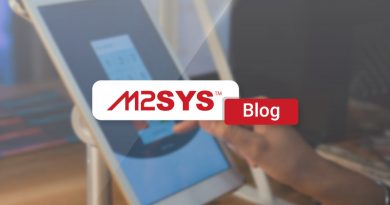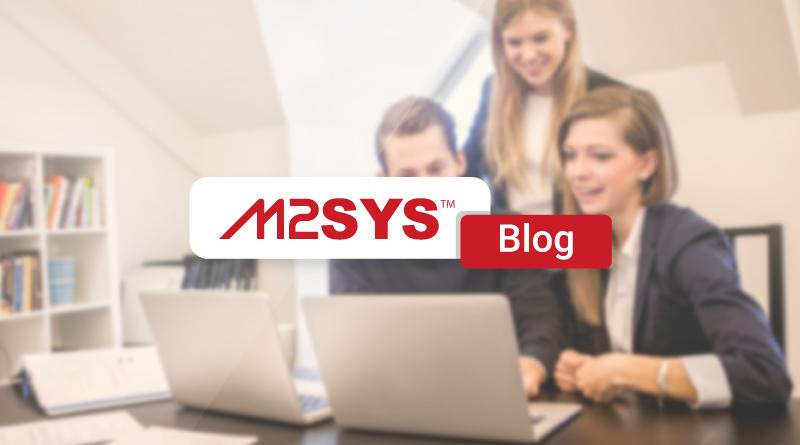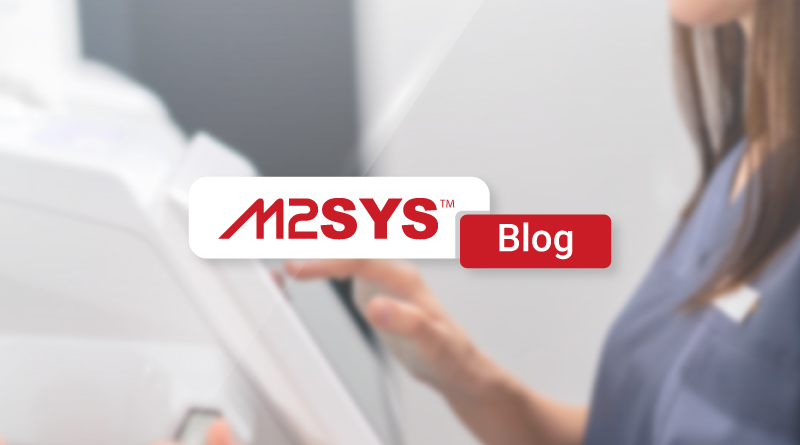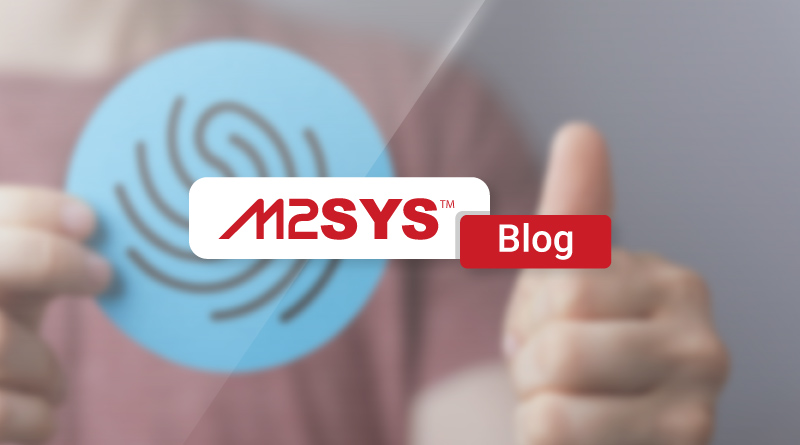AI-Powered Behavioral Alerts for Safer Correctional Facilities
AI-powered behavioral alerts are revolutionizing safety in correctional facilities by providing real-time notifications to prevent incidents. These systems analyze inmate behaviors, offering a proactive approach to security. Centralized management and no-code workflow builders further enhance efficiency and compliance, ensuring safer environments for staff and inmates.
TL;DR
- AI-driven behavioral alerts are revolutionizing safety in correctional facilities by providing real-time notifications to prevent incidents.
- These systems analyze inmate behaviors, identifying unusual patterns to enable early intervention and enhance security.
- Centralized Inmate Lifecycle Management improves oversight, compliance, and transparency, reducing errors and operational disconnects.
- No-Code Workflow Builders allow staff to adapt quickly to policy changes, ensuring compliance and operational efficiency.
- Real-time reporting and mobile data access empower officers to make swift, informed decisions, crucial for maintaining safety.
- AI-driven systems are essential for government stakeholders, ensuring safety, compliance, and cost reduction in correctional facilities.
- M2SYS leads in modernizing correctional facilities with innovative solutions focused on accurate identity verification and centralized management.
Transform your facility's safety and efficiency with AI-powered solutions. Contact Us today to learn more about how M2SYS can help.
Welcome to Wednesday’s insights, where technology intersects with safety in correctional facilities. Envision a scenario where AI-driven behavioral alerts revolutionize security in jails and prisons. These systems are not merely about innovation; they are about fostering a safer environment for both staff and inmates. By providing real-time alerts, AI aids in preventing potential incidents before they escalate, making it an essential tool in contemporary correctional management.
Correctional facilities encounter numerous challenges, from ensuring safety to managing large inmate populations. In the U.S. alone, over two million individuals are incarcerated. This vast population brings risks, including violence and self-harm, affecting everyone involved. Traditional monitoring systems often fall short, but AI steps in to bridge these gaps, enhancing security and efficiency.
AI-powered behavioral alerts function by analyzing inmate behaviors, identifying unusual patterns that may indicate a threat. By utilizing data from cameras and records, these systems deliver timely notifications. For instance, if an inmate suddenly becomes agitated, correctional officers receive alerts, enabling early intervention. This proactive approach is vital in preventing dangerous situations.
Centralized Inmate Lifecycle Management represents another significant advancement for correctional facilities. This system provides comprehensive oversight of an inmate’s journey, from intake to release. By integrating data and streamlining workflows, facilities can reduce errors and disconnects. Centralizing operations also enhances compliance with regulations and improves transparency, assuring stakeholders of effective management. Learn more about the Benefits of Prison.
Adapting to new policies can be challenging for correctional facilities. However, No-Code Workflow Builders empower staff to customize inmate workflows without requiring IT experts. This flexibility allows staff to quickly respond to policy changes and emerging threats, ensuring compliance and efficiency.
In correctional facilities, rapid decision-making is crucial. AI offers real-time reporting and mobile data access, equipping officers with the information they need to act swiftly. This capability is essential for preventing incidents and maintaining safety. Explore how Real-Time Police Analytics can enhance decision-making.
Government stakeholders have a vested interest in safety and operational excellence. For them, AI-driven prison management systems are not optional—they are essential. These systems protect staff and inmates and ensure facilities meet strict compliance standards, all while reducing costs.
AI-powered systems present a transformative opportunity for correctional facilities. By identifying threats early and centralizing operations, these systems enhance safety and efficiency. As the landscape of correctional facilities evolves, leveraging AI becomes critical to fostering safer, more effective environments. Discover the advantages of a Digital Prison Management.
M2SYS is at the forefront of modernizing correctional facilities with their innovative solutions. By focusing on accurate identity verification, they help reduce errors and enhance security. While their specific use of AI in incident monitoring isn’t detailed here, their commitment to modernizing operations aligns with the need for centralized management systems. For more information, consider reaching out through their Contact Us page.
In summary, integrating AI in correctional facilities is a crucial step toward safer, more efficient operations. Embracing these technologies will transform facility management, ensuring a better future for all involved.
How-To Guide for Implementing AI in Correctional Facilities
Step 1: Assess Your Facility's Current Needs
Begin by evaluating your facility's existing safety and operational challenges. Identify the specific areas where AI solutions could offer the most significant improvements—such as incident monitoring or inmate management.
Step 2: Choose the Appropriate AI-Powered Solutions
Select an AI solution that aligns with your facility's needs. Consider options like the M2SYS Prison Management Solution, which offers features like behavioral alerts and centralized data oversight.
Step 3: Implement Centralized Inmate Lifecycle Management
Integrate a comprehensive lifecycle management system to oversee every phase of an inmate's incarceration. This will ensure data accuracy and streamline workflows, improving overall facility operations.
Step 4: Customize with the No-Code Workflow Builder
Utilize the No-Code Workflow Builder to customize and adapt operations to new policies or threats swiftly. This tool empowers staff to make adjustments without needing IT intervention, promoting agility.
Step 5: Train Staff and Ensure Compliance
Provide training to all relevant staff members to familiarize them with the new AI systems and ensure adherence to compliance standards. Continuous education helps maintain operational excellence and safety.
Step 6: Monitor and Evaluate Outcomes
Regularly monitor the system's performance and evaluate outcomes to ensure the AI-driven solutions are meeting your safety and efficiency goals. Assessments can guide future improvements and adjustments. For more insights, refer to modern eGovernance operations.
By following these steps, your facility can effectively implement AI-driven solutions, enhance safety, and optimize management, ultimately transforming the environment for better outcomes.
Frequently Asked Questions
What are AI-driven behavioral alerts, and how do they work in correctional facilities?
AI-driven behavioral alerts are automated notifications generated when unusual inmate behaviors are detected by the AI system. These behaviors are identified through continuous analysis of data, such as video surveillance and inmate records. This system enables correctional officers to intervene proactively, preventing potential incidents like violence or self-harm before they escalate. Learn more about the transformative impact of AI on prison management systems.
How do AI solutions improve safety and efficiency in correctional facilities?
AI solutions enhance safety by providing real-time alerts for potential security threats, allowing for rapid response. They also streamline operations through centralized data management and automated processes, thus improving efficiency. This minimizes human error and enhances compliance with regulations. To explore more, read about the digital prison management.
How does the Centralized Inmate Lifecycle Management system benefit correctional facilities?
This system provides a comprehensive oversight of an inmate's life cycle from intake to release, ensuring that all data is accurately integrated and workflows are streamlined. This reduces errors and improves compliance and transparency within the facility. For further details, you can reference the benefits highlighted in the prison management system.
What role does the No-Code Workflow Builder play in correctional facilities?
The No-Code Workflow Builder allows staff to quickly tailor inmate workflows to align with new policies or operational needs, without requiring technical expertise. This flexibility ensures that facilities can swiftly adapt to changes without disruptions. It supports the broader goals of modernization and efficiency.
Why is AI-driven prison management essential for government stakeholders?
AI-driven systems meet rigorous compliance and safety standards while reducing operational costs. They protect both staff and inmates, ensuring operational excellence within facilities. The pivotal role of AI in meeting these objectives is further explored in discussions about real-time police analytics.




